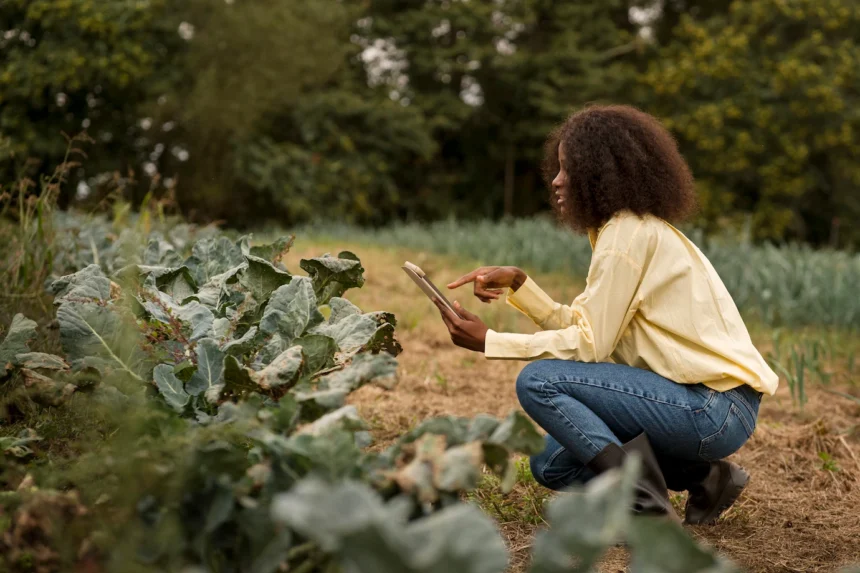Managing fire risks and preserving biodiversity in agricultural landscapes are two crucial aspects of sustainable land management. Balancing these objectives can be challenging, but with careful planning and implementation of appropriate strategies, it is possible to achieve both.
- Fire Risk Management: a. Firebreaks: Establish and maintain firebreaks throughout the agricultural landscape to create barriers that slow down or stop the spread of fires. These can be created by clearing vegetation, plowing, or creating buffer zones. b. Controlled Burning: Conduct controlled burns during appropriate seasons to reduce fuel loads and minimize the risk of uncontrolled wildfires. Controlled burns should be carried out by trained professionals following established guidelines. c. Irrigation Systems: Install irrigation systems in strategic locations to ensure adequate water supply in case of fires. These systems can help suppress fires and protect agricultural areas. d. Early Detection and Rapid Response: Implement a robust system for monitoring and detecting fires early. This can include the use of remote sensing technologies, such as satellites or drones, and the establishment of an efficient communication network for reporting and responding to fires promptly.
- Biodiversity Conservation: a. Habitat Preservation: Identify and protect areas of high biodiversity value within agricultural landscapes, such as wetlands, riparian zones, or native grasslands. These areas serve as important habitats for various species and contribute to overall landscape resilience. b. Integrated Pest Management: Adopt integrated pest management practices that minimize the use of chemical pesticides and promote natural pest control mechanisms. This approach helps maintain a healthy ecological balance and reduces the negative impacts on biodiversity. c. Agroforestry and Diversification: Encourage agroforestry practices, which involve integrating trees and other perennial vegetation into agricultural systems. This helps provide habitat for wildlife, improve soil health, and increase overall landscape biodiversity. d. Conservation Buffer Strips: Establish conservation buffer strips along water bodies and field edges to mitigate soil erosion, filter runoff, and provide habitats for beneficial organisms. These strips can act as corridors for wildlife movement, enhancing biodiversity in agricultural landscapes.
- Collaborative Approaches: a. Partnerships and Stakeholder Engagement: Foster collaboration among farmers, landowners, conservation organizations, and relevant government agencies. Engage stakeholders in decision-making processes, knowledge sharing, and joint initiatives for fire risk management and biodiversity conservation. b. Education and Awareness: Raise awareness among farmers and local communities about the importance of managing fire risks and preserving biodiversity. Provide training programs, workshops, and educational materials to promote sustainable land management practices. c. Incentive Programs: Establish incentive programs that reward farmers and landowners for adopting sustainable practices that prioritize fire risk reduction and biodiversity conservation. These programs can include financial incentives, technical support, and recognition for exemplary efforts.
By combining effective fire risk management strategies with biodiversity conservation measures and fostering collaboration, it is possible to create agricultural landscapes that are resilient, productive, and supportive of both human livelihoods and natural ecosystems.







